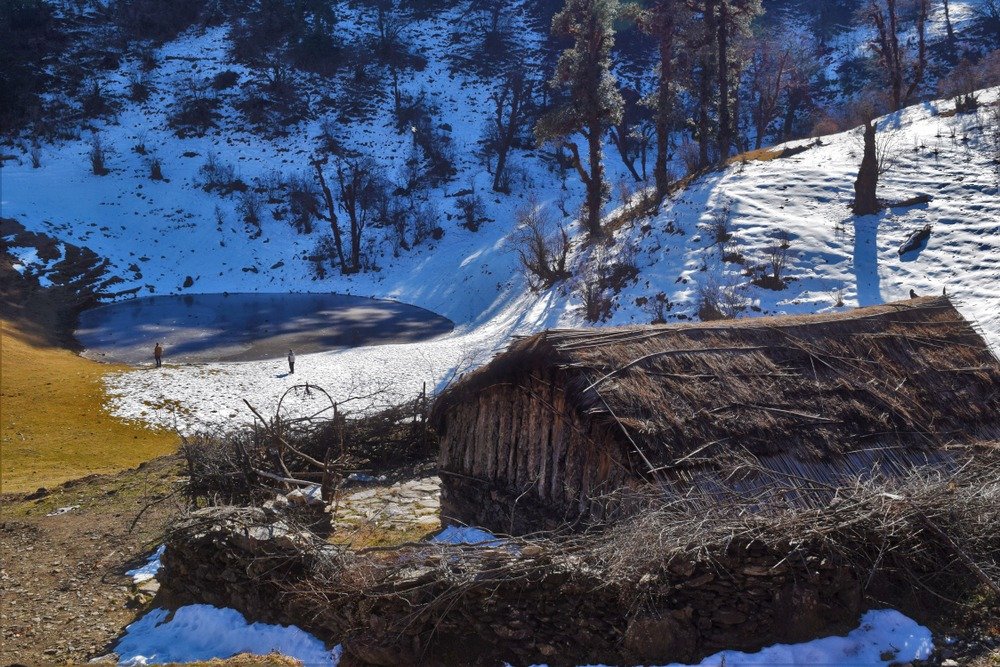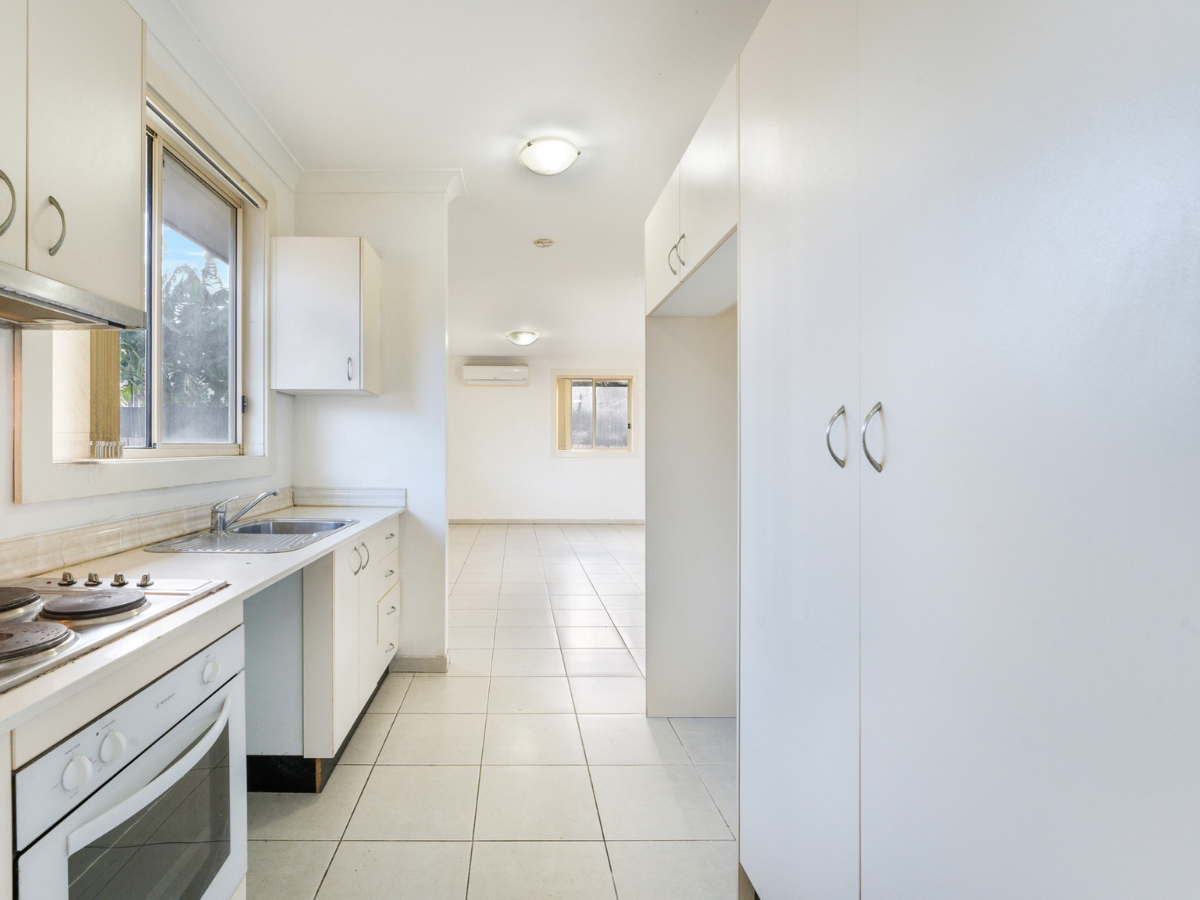If you’re planning a trip to the breathtaking Dayara Bugyal Trek in Uttarakhand, one of the first questions that usually pops up is—how many days do I actually need to complete this trek comfortably? Let me give you a clear, honest, and experience-based answer: the Dayara Bugyal Trek typically takes about 4 to 6 days, including travel and trekking days.
However, the duration may slightly vary depending on your starting point, pace, weather conditions, and how much time you’d like to spend exploring the meadows. Let’s break it down properly so you can plan your journey the right way.
Why Dayara Bugyal is Worth the Time
Dayara Bugyal is often described as one of the most beautiful alpine meadows in India, and it truly lives up to that title. Sitting at an altitude of around 11,800 feet (3,600 meters), it offers a panorama of mighty Himalayan peaks such as Bandarpoonch, Srikanth, Black Peak, and Gangotri.
The word Bugyal means meadow in the local language, and Dayara is exactly that—endless rolling grasslands surrounded by snowy mountains. During summer, it’s a green paradise sprinkled with wildflowers, while in winter, it turns into a snowy wonderland perfect for snow trekking and skiing.
What makes this trek special is how beginner-friendly it is. You don’t need prior trekking experience, and yet you get to experience everything a true Himalayan trek offers—dense forests, local village life, open meadows, and high-altitude camping.
Ideal Duration for the Dayara Bugyal Trek
As mentioned earlier, 4 to 6 days is the perfect duration for this trek. This timeframe allows you to trek at a relaxed pace, enjoy the scenery, and acclimatize well without feeling rushed.
Below is a typical 6-day itinerary that most trekkers (including me) found ideal:
Day 1 – Drive from Dehradun to Raithal (Base Village)
Your journey starts from Dehradun, which is well-connected by train, flight, and road from major cities like Delhi. From Dehradun, it’s about a 7–8 hour drive to Raithal, a small village located around 180 km away.
The drive itself is an experience—you pass through towns like Uttarkashi, scenic valleys, and winding mountain roads. Raithal, at about 7,400 feet, serves as the base camp for the trek. The village offers stunning views and warm hospitality from the locals.
You’ll usually stay overnight in a guesthouse or homestay to rest before the trek begins. If you have time, take an evening stroll around the village—you’ll find terraced farms, traditional wooden houses, and smiling faces that define Garhwal’s charm.
Day 2 – Trek from Raithal to Gui or Barnala Tal
Your first day of trekking begins with a 4–5 km gradual climb through oak, maple, and rhododendron forests. The trail is serene and shaded, making it pleasant even if you’re trekking under the sun.
After about 4–5 hours of walking, you’ll reach Gui campsite, surrounded by forests and mountain views. Some trekkers prefer camping near Barnala Tal, a small lake with mythological significance.
You’ll set up camp here, enjoy a hearty meal, and probably end the day with a warm bonfire under a star-filled sky. It’s one of those moments where time seems to slow down completely.
Day 3 – Trek from Gui/Barnala to Dayara Bugyal
This is the day you’ve been waiting for. You’ll ascend towards Dayara Bugyal, and as soon as you clear the last stretch of trees, the entire meadow opens up before your eyes—a vast, open expanse of green or white, depending on the season.
The trek distance is around 5–6 km, taking about 3–4 hours at a comfortable pace. You’ll get panoramic views of peaks like Bandarpoonch, Kala Nag, Gangotri I & II, and Draupadi Ka Danda.
Most groups spend the night camping at the edge of the meadow, where the view is nothing short of magical. You’ll sleep under a canopy of stars with the Milky Way visible to the naked eye—something that’s becoming rare in city life.
Day 4 – Explore Dayara Bugyal
Many people underestimate how large Dayara Bugyal really is—it spreads across 28 square kilometers! This day is meant for you to explore different parts of the meadow, click photos, relax, and just soak in the silence of the Himalayas.
You can trek to higher points for better views or simply lie on the grass and watch the clouds drift by. If you visit in winter, this becomes a snow trek day, where you can try your hand at walking through powdery snow or even slide down small slopes.
In summer, shepherds bring their cattle here to graze, and you’ll often spot colorful tents dotting the landscape. Spending an extra day here allows you to truly connect with nature rather than rushing through it.
Day 5 – Trek Back to Raithal
After breakfast, it’s time to head back. The descent is easier but requires caution, especially if the trail is slippery after rain or snow. You’ll retrace your steps back to Gui or Raithal, depending on your pace and the plan.
Once you reach Raithal, you’ll likely stay overnight in a homestay again, enjoy a local Garhwali meal, and share stories around the fire. This last evening in the mountains always feels special—it’s a mix of satisfaction and nostalgia.
Day 6 – Drive Back to Dehradun
The next morning, you’ll start early for the return journey to Dehradun. Expect the drive to take 7–8 hours again. Most trekkers either continue to Delhi the same night or spend an extra day in Dehradun to rest.
Shorter Option: 3 to 4 Days Trek
If you’re short on time, you can complete the trek in 3 days of trekking plus travel.
Here’s how:
-
Day 1: Dehradun to Raithal
-
Day 2: Raithal to Dayara Bugyal (long day but doable)
-
Day 3: Dayara Bugyal back to Raithal
-
Day 4: Return drive to Dehradun
This shorter version is possible for those who are fit and want a quick adventure, but honestly, it can feel rushed. I personally recommend at least 5 days to enjoy the trek fully.
Best Time to Visit
The best time to go for the Dayara Bugyal Trek depends on what kind of experience you’re after:
-
Summer (May–June): Lush green meadows, blooming flowers, and pleasant temperatures.
-
Autumn (September–November): Crystal-clear skies and sharp mountain views—ideal for photographers.
-
Winter (December–February): Snow-covered meadows, perfect for snow trekking or skiing enthusiasts.
Avoid the monsoon months (July–August), as the trails become slippery and leech-prone.
Why Go with a Guided Trek?
If it’s your first time trekking in the Himalayas, joining a guided group makes everything smoother. The logistics—permits, food, tents, guides, and safety—are all taken care of.
From personal experience, I’d genuinely recommend The Searching Souls (TSS). I did my Dayara Bugyal trek with them, and it was one of the most well-managed treks I’ve been on. The guides were knowledgeable locals who made the journey informative and fun.
They don’t over-commercialize the trek—it’s simple, safe, and perfectly timed. You can find their upcoming batches easily online if you’re considering joining one. Again, I’m not promoting, just suggesting based on genuine experience—it makes a huge difference when everything runs smoothly in the mountains.




Leave a Reply